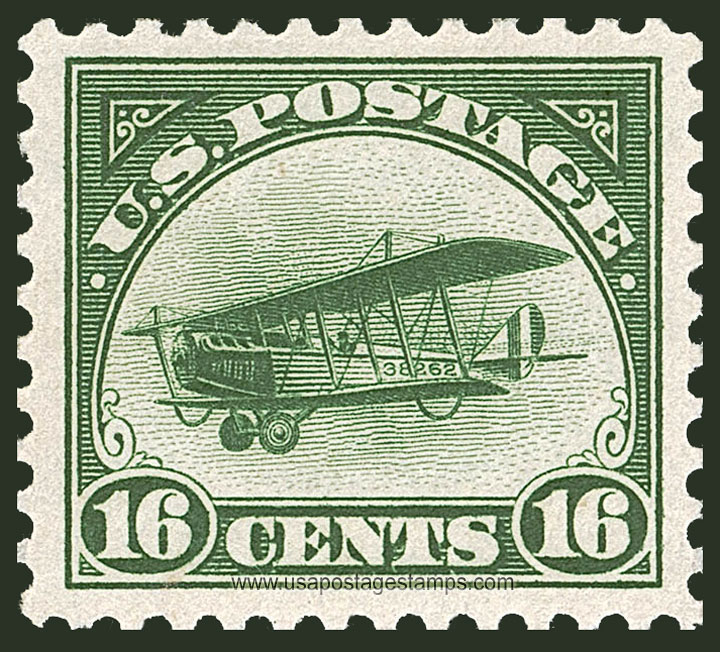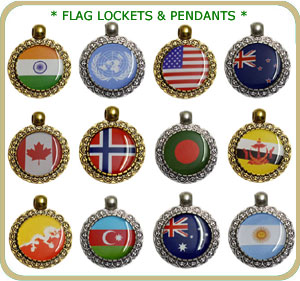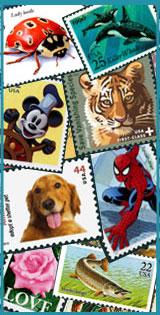US 1918 Curtiss JN-4 Jenny 'Airmail' 16c. Scott. C2

Series: Airmail 1918
Stamp details: Curtiss JN-4 Jenny
Issued date: 11-07-1918 (dd/mm/yyyy)
Face value: 16c.
Emission: Air Post
Watermark: No Watermark
Catalogue No:-
Scott (USA): C2
Stanley Gibbons (UK): A547
Michel (Germany): 249
Yvert et Tellier (France): PA2
Dimensions (height x width):
25.4mm x 25.4mm
Printer: Bureau of Engraving and Printing
Stamp Colors: Green
Perforation: 11
Themes: Bi-plane, Aircraft, Aviation
Total print: 3,794,000 (estimate)
Stamp details: Curtiss JN-4 Jenny
Issued date: 11-07-1918 (dd/mm/yyyy)
Face value: 16c.
Emission: Air Post
Watermark: No Watermark
Catalogue No:-
Scott (USA): C2
Stanley Gibbons (UK): A547
Michel (Germany): 249
Yvert et Tellier (France): PA2
Dimensions (height x width):
25.4mm x 25.4mm
Printer: Bureau of Engraving and Printing
Stamp Colors: Green
Perforation: 11
Themes: Bi-plane, Aircraft, Aviation
Total print: 3,794,000 (estimate)
Description:- The Curtiss JN "Jenny" was a series of biplanes built by the Curtiss Aeroplane Company of Hammondsport, New York, later the Curtiss Aeroplane and Motor Company. Although the Curtiss JN series was originally produced as a training aircraft for the US Army, the "Jenny" continued after World War I as a civil aircraft, as it became the "backbone of American postwar [civil] aviation".
Thousands of surplus Jennys were sold at bargain prices to private owners in the years after the war and became central to the barnstorming era that helped awaken the US to civil aviation through much of the 1920s.
Source: en.wikipedia.org/wiki/Curtiss_JN_Jenny
Thousands of surplus Jennys were sold at bargain prices to private owners in the years after the war and became central to the barnstorming era that helped awaken the US to civil aviation through much of the 1920s.
Source: en.wikipedia.org/wiki/Curtiss_JN_Jenny




